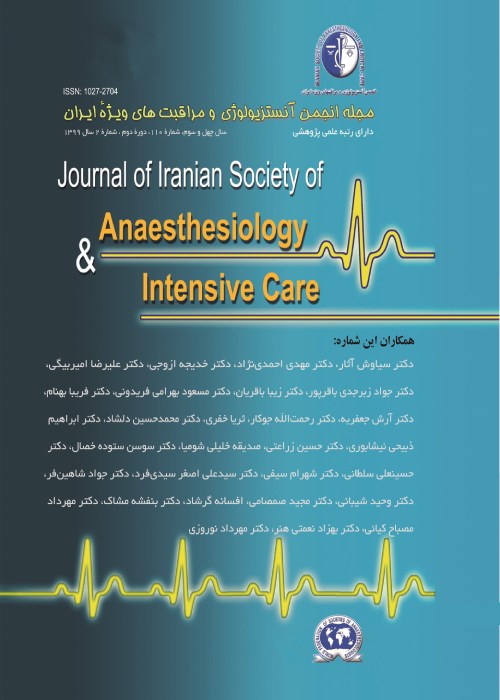Combined Spinal-Epidural Analgesia Versus No Analgesia in Labor
Childbirth pain and the resulting anxiety and fear are among the most challenging issues in women's life. Combined spinal-epidural analgesia (CSE A) is one of the most popular methods of labor pain relief. However, few studies have compared the effect of CSE A on labor with non-pharmacological or no analgesia methods.
The aim of this study was to determine the differences between nulliparous women who received CSE A and nulliparous women who received no analgesia in terms of labor and delivery.
This observational retrospective study was conducted by surveying patient records related to natural delivery of term nulliparous women between March 20, 2016 and March 19, 2018. Overall, 320 cases were eligible for inclusion in the study. All records of singleton term nulliparous women with ASA I and II who were candidates for low-risk natural delivery were selected, of which 220 cases were related to deliveries without analgesia and 100 cases were related to deliveries with CSE A. Specific variables including duration of stage I of active phase of labor, duration of stage II of active phase of labor, use of assistive devices during delivery, resuscitation of newborns using mask and ambo bag, Apgar score of newborns at 1 and 5 minutes after birth, and use of oxytocin were studied in the two groups.
In this study, the demographic characteristics showed acceptable homogeneity of the two groups. In the study of specific variables, it was found that CSE A did not increase the duration of stage I of active phase of labor, while it did slightly prolong the duration of stage II of active phase of labor. CSE analgesia increased the rate of use of assisted labor, while it did not increase the rate of resuscitation of newborns. In addition, CSE analgesia had not decreased the Apgar score of newborns in the first and fifth minutes. It was also found that in the CSE A group, the rate of labor induction by oxytocin infusion was higher.
CSE A has no harmful effects on labor or neonate, and despite a slight increase in the duration of stage II of labor and rate of use of assistive devices, it can be chosen as a safe method in labor analgesia if the current scientific principles are followed.
- حق عضویت دریافتی صرف حمایت از نشریات عضو و نگهداری، تکمیل و توسعه مگیران میشود.
- پرداخت حق اشتراک و دانلود مقالات اجازه بازنشر آن در سایر رسانههای چاپی و دیجیتال را به کاربر نمیدهد.


